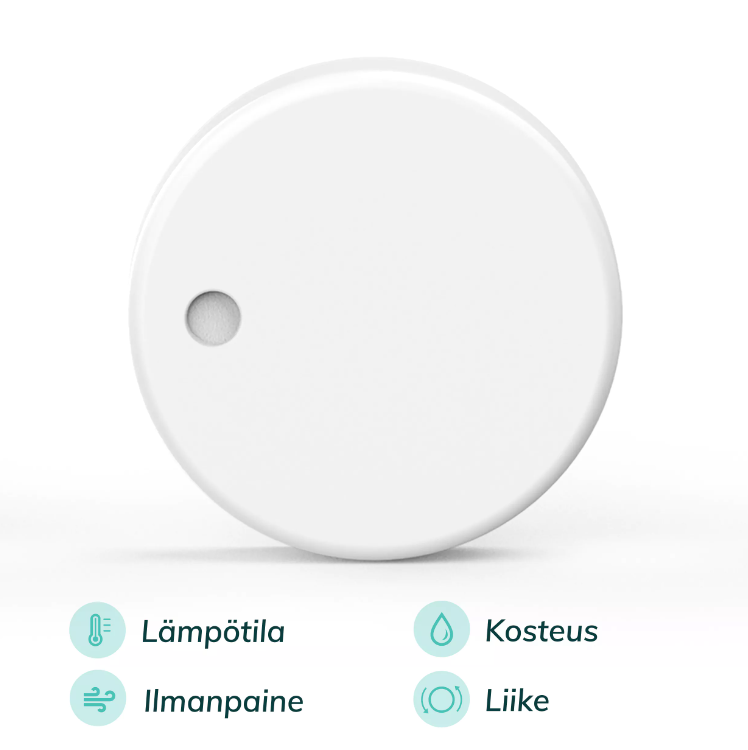Why is good air quality important?
Good stable air promotes oxygen uptake and thus improves performance. Good stable air helps prevent the occurrence of respiratory diseases and enables the best possible conditions for recovery.
A stable that is too warm and humid promotes the growth of mold spores and air pollutants, which exposes the horses to respiratory diseases, and weakens their immune system.
General recommendations in Finland and internationally
The generally recommended temperature for a stable should be between +5 and +10 degrees. The humidity percentage in the stable can be a maximum of 60-65%. You should pay special attention to these figures in stables where the walls are concrete or the walls of the pens are even partially closed up to the ceiling. This way, air exchange and circulation is weaker as there are no openings. Often in these situations, the measurements taken from the stall give different numbers than, for example, measured from the corridor. For this reason, it is important to measure from several different points in order to better understand the big picture. A horse spends a large part of the day in its stall and also produces heat, so measuring from the right place is important to get reliable numbers.
The benefits of measuring garage air
In Finland, a horse spends on average about half of the day in its stall, so it is important to know that the stable has good air quality. By measuring, the temperature, humidity or pressure of the air can be monitored in real time, physically from anywhere. The information is obtained by measuring from several different points, and thus provides accurate information on what the air quality is like in one of the horse's most important habitats, the stable. If the horse lives in a barn instead of a traditional stable, for example, it is important to also take care of the air quality in the sleeping hall for barn horses. With measurements, you can monitor the development of heat during the night, for example, so that the temperature does not get too hot or too cold. Too low a temperature in winter can lead to pipes freezing, for example. Real-time measurement data also enables a quick reaction. If changes are made to the ventilation, the effects of the changes can be seen in real time. With longer-term measurement it is also possible to forecast changes in air quality based on previous data.




